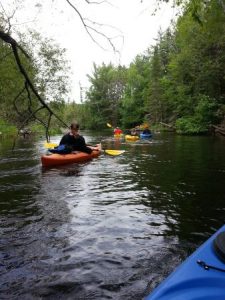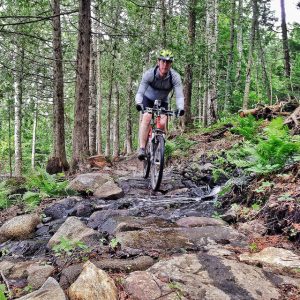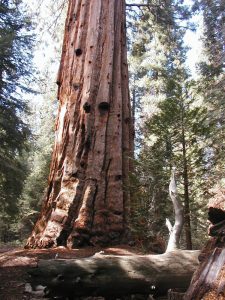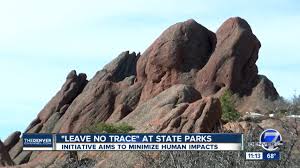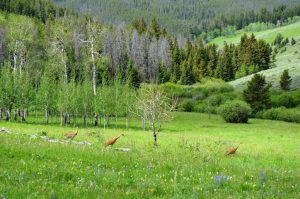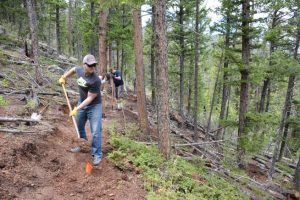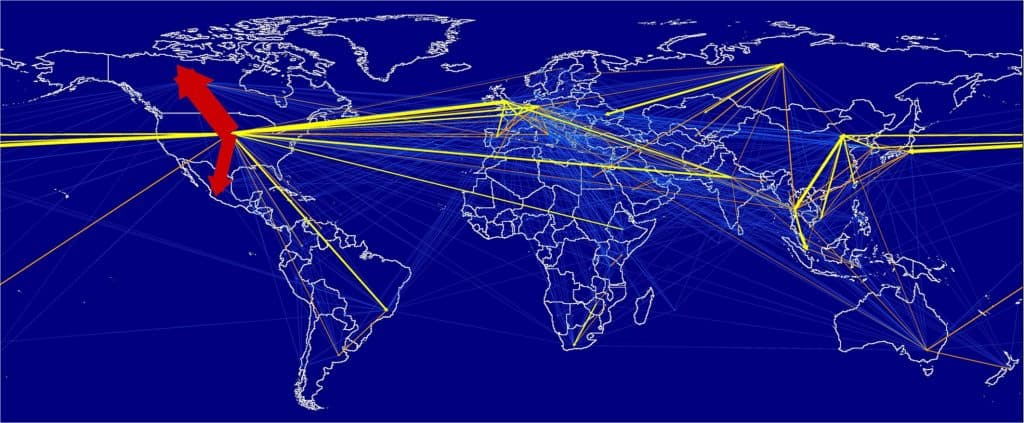
Many thanks to everyone who commented on Monday’s post! You were full of information and (mostly) civil. I’ll build on some of the ideas from Monday in this post.
George Wuerthner said here “Wilderness is not about recreation. Therefore, if you are concerned about protecting wildlands and wildlife, you would support wilderness designation.” Others have commented on this.
There seems to be some disagreement about the relation of recreation to Wilderness. I wrote about this in an essay for the book “193 Million Acres: Toward a Healthier and More Resilient Forest Service” published by the Society of American Foresters and edited by our own Steve Wilent (and with essays by other Smokey Wire contributors). Since my essay was written, The Wilderness Society has changed its website to remove the “Why Wilderness” page I quoted from below.
Here’s what I said in the essay:
“On its “Why Wilderness? web page, the Wilderness Society (TWS) states that “Wilderness is a haven from the pressures of our fast-paced society. It provides us with places where we can seek relief from the noise, haste and crowds that too often confine us. It is a place for us to enjoy with friends and families — strengthening our relationships and building lasting memories.”
However, NVUM numbers show that only .05 of national forest visits are in wilderness. And later, on the same webpage, TWS notes that: “Wild places are a great source of economic activity, especially in the rural communities that surround them. Outdoor recreation contributes more than $646 billion annually to the economy, supports 6.1 million jobs, and generates nearly $80 billion in federal, state, and local taxes.”
As part of its advocacy for increasing wilderness, TWS equates “wild areas,” where most people recreate, with legislated Wilderness. Since mountain bikes are not allowed in Wilderness, a push for more Wilderness necessarily reduces the diversity of recreation opportunities. As John Fisch comments in “Do Bikes Belong in Wilderness Areas?” in the December 20, 2017, edition of Sierra, the national magazine of the Sierra Club: “…bikes don’t belong in the backcountry… and all backcountry must become designated Wilderness. Ergo, the ultimate goal results in mountain bikes losing all backcountry access….”
It may be that increasing the numbers of acres in legislatively-designated wilderness areas and increasing access for the kinds of recreation that most visitors prefer (in NVUM data) are ultimately on a collision course.”
A couple more thoughts. Many of those “recreation benefits” studies usually include all outdoor recreation, including skateboards, soccer balls, RV’s and OHV’s, so it’s difficult to argue for more Wilderness based on those benefits (if people are paying close attention). Wisely, TWS has removed that. Are people in or out of Wilderness? Or only some people? Do we generally want to attract people to Wilderness, or try to keep them away, as George says, above. Perhaps it’s really the outdoor industry, not just MBers, and some Wilderness advocates that may come to a parting of the ways..
And if the idea is to keep people out, then the Som Sai proposes here, for Extreme Wilderness makes a lot of sense. Let’s just convert all the current Wildernesses to Extreme (except where their Congressional designations allow grazing, motorboats, etc.).
As to solitude, let’s look at the graphs for the Flathead on the 2015 NVUM above. The NVUM has a great deal of information and is easy to access, including gender, socioeconomic status, distance traveled and so on. I have heard criticism of these data, and this might be a good time to bring this up, since MBers are paying attention and some of the critiques were from that community. Nevertheless kudos to the Forest Service for doing this! I wish other information were as easy to access! Folks are encouraged to look at the NVUMs from their neighboring forests and share observations. Here is the link.
